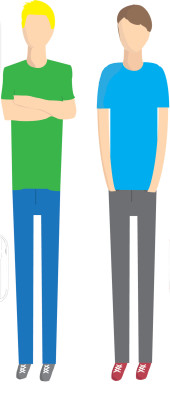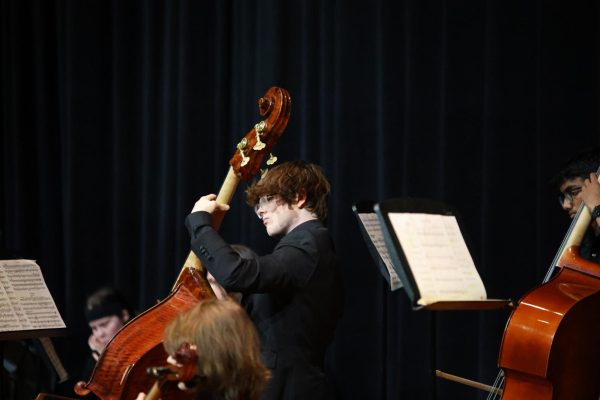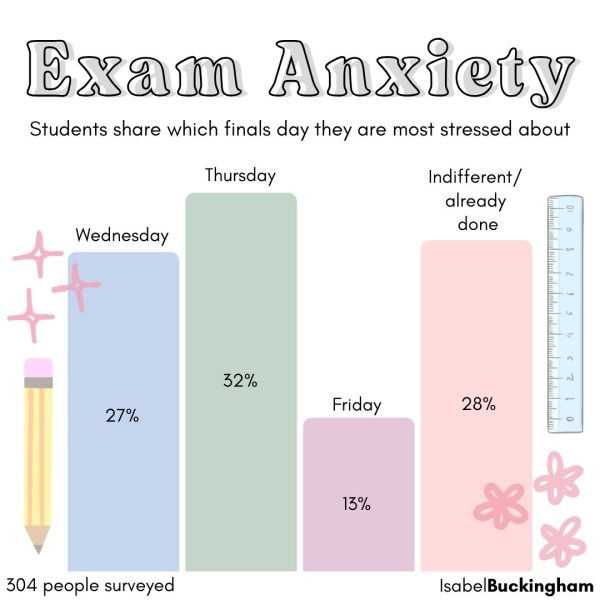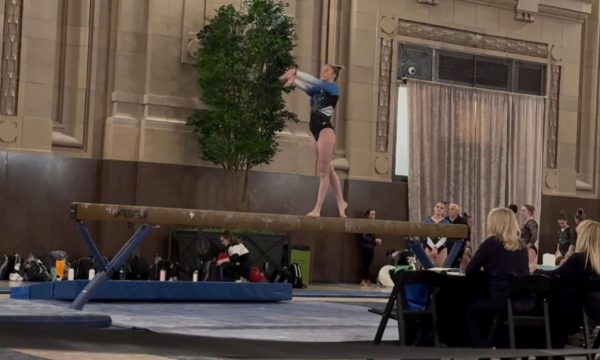Introverted students share their high school experiences
She goes through the day silent. In the hallway, her friends try to talk to her, but she shrugs them off, barely saying a word. In her French class, she never gets all of her speaking points because she’s too timid to speak in class. Finally, after the seventh hour bell rings, she leaves the school immediately, eager to get away from her loud classmates. As soon as she gets home, she hides out in her bedroom, choosing to live in the realm of books and Netflix rather than the real world, then finishes her homework and prepares for another day of minimal social contact.
This is the stereotypical day in the life of an introvert, but it is one that isn’t necessarily accurate.
“A lot of times people, because I’m quiet in class, will assume that I’m antisocial or that I don’t have people skills,” junior Madeline Fines said. “I really just don’t have anything to add to the conversation.”
Introversion and extroversion are the two main personality types, each with its own distinct set of behaviors. Often associated with being quiet and thoughtful, introverts tend to be extremely self-aware and are more comfortable in small groups of people rather than large crowds. On the other hand, extroverts prefer to constantly be around large numbers of people and are known for being more open and verbal about their emotions. Studies suggest that anywhere from one third to a half of Americans are introverts, meaning that everyone knows someone who is an introvert.
“I would say that introverts are people who are perfectly fine with being by themselves and they’re totally comfortable to do that,” Fines said. “I always kind of knew I was an introvert just because I like being by myself, and reading, and being on the internet on Tumblr and all that fun stuff. Then I also did the big personality quiz online and they cast me as an introvert.”
While Fines took an online personality test to verify that she was an introvert, others can determine their personality type just by examining their activities and interests.
“I’m an extrovert because I like talking a lot, not only with my friends but in classroom discussions and stuff,” senior Michelle Cowles said. “I think a lot of it comes from doing stuff like debate and forensics. I like getting out there and talking and debating with other kids about their opinions, and I’m not shy about it.”
However, just because a person is an extrovert or an introvert doesn’t meant he or she cannot display traits from the opposite personality type while in certain situations.
“I definitely [show extroverted traits] in forensics, and when someone makes me angry I tend to get very loud and very strong and stubborn,” Fines said. “But I have learned the times when it’s a good idea to try to pretend to be an extrovert, like in class presenting things.”
With its constant stream of socially powered situations, high school is a common place where introverted students must occasionally display extroverted traits. For seven hours a day, students are confined to classrooms where they must work in groups for projects, give in-class presentations, as well has have a certain percentage of their grade be determined by how often they speak in class, meaning that they must speak up and find their voice or risk failure.
“[Introverts are] sort of forced to be more extroverted in school just because we put them in a classroom of 32 kids and say, ‘Your grade depends on you asking questions and speaking,’” Cowles said. “We sort of force them into uncomfortable situations.”
Aside from the occasional awkward moments in school, introverted students are often faced with a handful of stereotypes.
“I feel like there are [misunderstandings] because so often introverts are stereotyped as quiet, shy people, and sometimes that’s even given the negative connotation of being a nerd or a know-it-all, because they’ve always got their nose in a book, or that they hate people just because they’re more comfortable by themselves,” Fines said. “There are some famous introverts who did, in fact, hate people, so that may have been where the stereotypes came from.”
While it’s possible that the negative stereotypes may have emerged due to knowledge of famous recluses, they may also be the result of a general lack of understanding of this personality type.
“I think that introverted people get picked on a lot of times or pointed at since they stick out because they don’t follow the norms of a group,” psychology teacher Tyler Alexander said. “People are always confused by what they don’t understand. They make fun of what they don’t understand, so I think you see that a lot because introverted people are a little more individualized.”
For anyone who may be unsure of his or her personality type, many resources can be found online, such as personality quizzes that can take anywhere from five minutes to an hour to complete, which can assist in many areas of life.
“[Knowing your personality type] helps with social situations, developing friendships or relationships of any kind,” Alexander said. “And it also helps you understand how you learn best. So what kind of environment do you need to focus on? Do you look at branching out, working with other people and collaborating? Or do you need to focus more on where you’re at as far as your knowledge of something as opposed to relying on other people?”
Not only can an understanding of personality type assist in relationships and learning, but it can also allow for personal empowerment by helping someone understand his or her strengths and weaknesses.
“I think that when you find out whether or not you’re an introvert or an extrovert, it really helps you learn how to function in society,” Fines said. “You don’t want to put too much pressure on yourself to always be out there. You want to let yourself have some alone time and kind of recuperate. Or, if you’re an extrovert, you don’t want to isolate yourself because you find that you work better in groups. What you really should do is play to your strengths.”
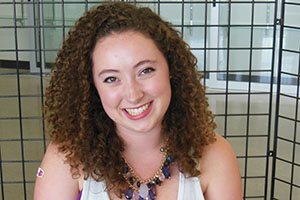
Lauren Stone is a second-year staffer on The Standard. Last year she was the Special Sections Editor, but she is now one of two design coaches because...


